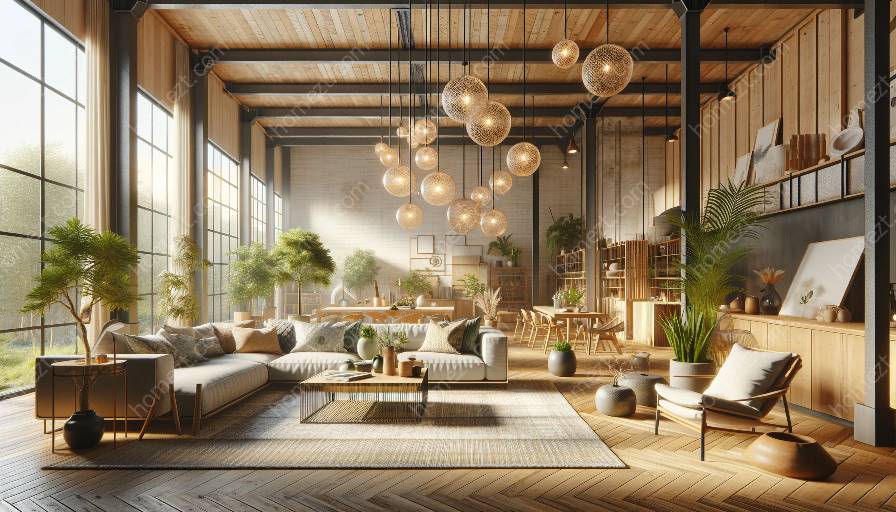As sustainable and eco-friendly design becomes increasingly important, the role of natural light in interior spaces has gained prominence. Integrating natural light not only reduces energy consumption but also enhances the aesthetics of the interior. In this comprehensive guide, we'll explore various strategies to incorporate natural light into interior spaces in a manner that aligns with sustainable principles and elevates interior design and styling.
The Benefits of Natural Light
Natural light has numerous benefits that go beyond simply illuminating a space. It provides a sense of well-being, improves mood, and enhances the overall ambiance of the interior. In addition, natural light helps reduce energy costs and supports a sustainable approach to interior design.
Designing with Natural Light in Mind
When considering sustainable and eco-friendly design, architects and interior designers are increasingly incorporating natural light as a primary design element. This involves thoughtful placement of windows, skylights, and other openings to maximize the penetration of natural light into the interior spaces.
Using light shelves, reflective surfaces, and strategic placement of interior elements can help distribute natural light more effectively throughout a space, minimizing the need for artificial lighting during the day. This not only reduces energy consumption but also creates a visually engaging environment through dynamic light patterns.
Materials and Finishes
While working with natural light, it is essential to consider the materials and finishes used in interior spaces. Opting for light-reflective surfaces, such as polished floors and white walls, can help amplify the effects of natural light, creating a brighter and more inviting space. Additionally, choosing natural and sustainable materials further enhances the eco-friendly aspect of the design.
Blending Nature with Interior Design
Bringing nature indoors through the incorporation of plants and greenery can complement the use of natural light, creating a harmonious and sustainable interior environment. Understanding the relationship between natural light and plant growth can lead to the creation of biophilic designs where natural elements are seamlessly integrated into the overall interior aesthetic.
Smart Lighting Controls
Integrating smart lighting controls and automated shading systems enables the effective management of natural light, maximizing its benefits while minimizing energy usage. By adjusting the intensity of artificial lighting in response to the available natural light, interior spaces can maintain optimal illumination levels, further contributing to sustainable and eco-friendly design practices.
Conclusion
Incorporating natural light into interior spaces not only aligns with sustainable and eco-friendly design principles but also enhances the overall interior design and styling. By understanding the benefits of natural light and implementing appropriate strategies, designers can create spaces that are visually appealing, environmentally conscious, and supportive of occupant well-being.


























